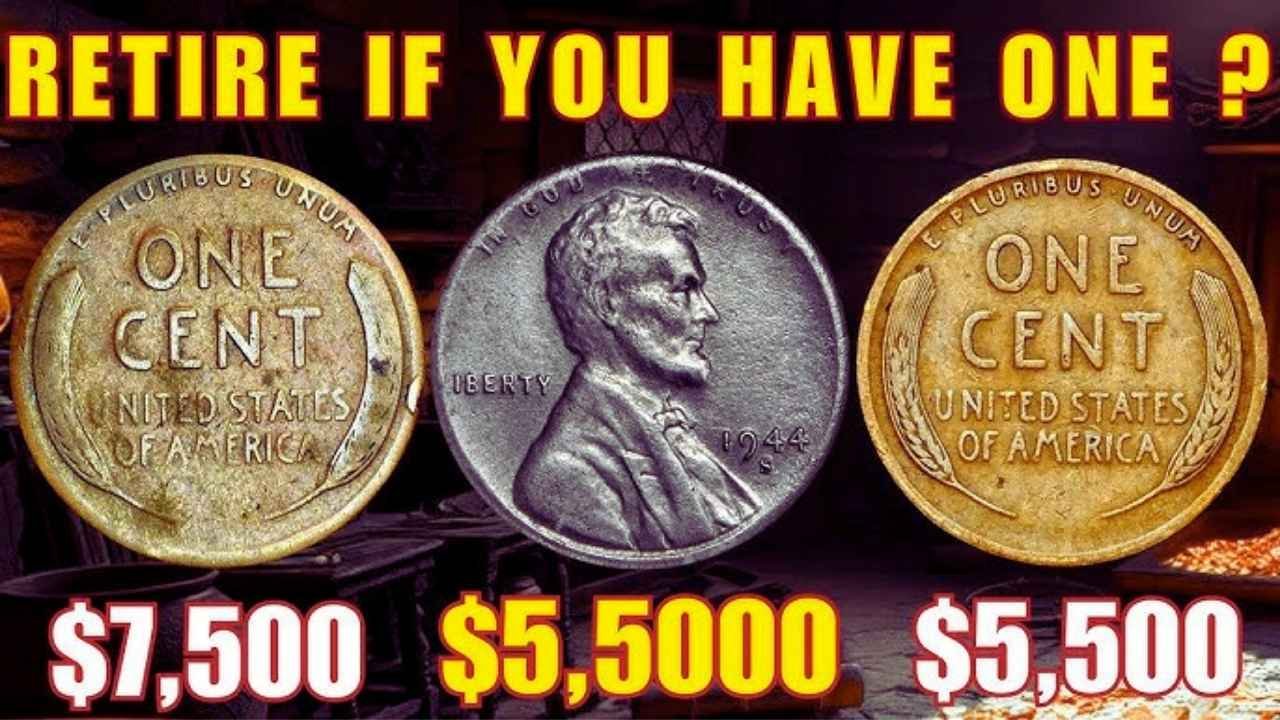Imagine finding a quarter in your change that’s worth more than a small country’s economy. Sounds like a dream, right? The Bicentennial Quarter, minted to celebrate America’s 200th birthday, has a legendary version rumored to be valued at a jaw-dropping $2.5 billion. While most of these quarters are worth just 25 cents, a super rare one with unique traits might still be hiding in your wallet or piggy bank. This coin has collectors buzzing with excitement. Let’s dive into what makes this quarter so special, how to spot it, and why its value is so sky-high.
A Coin Born to Celebrate America
In 1975 and 1976, the U.S. Mint made over 1.6 billion Bicentennial Quarters to mark 200 years of American independence. These coins stand out with a Colonial drummer on the back, a torch, and 13 stars for the original colonies, plus the dates “1776-1976” on the front with George Washington. Most are common and still float around in circulation. But whispers of an ultra-rare version, possibly struck with a minting error or special metal, have sparked a frenzy. This coin’s rumored $2.5 billion price tag comes from its one-of-a-kind features and historical mystery.
What Makes This Quarter a Billion-Dollar Find?
The $2.5 billion valuation isn’t for your average Bicentennial Quarter. Experts believe this rare coin might have been struck on a 90% silver planchet instead of the usual copper-nickel mix. Other possibilities include a double die error, where the design looks doubled, or a polished, mirror-like finish like a proof coin. Some even suggest it could be an experimental strike never meant for circulation. These traits make it a numismatic unicorn. No sale has been confirmed at $2.5 billion, so the price is speculative, but similar rare coins have fetched millions. Its value comes from rarity, condition, and the story behind it.
How to Spot the Treasure in Your Change
Want to check if you’ve got the golden ticket? Here’s what to look for:
- Front: George Washington’s face with “1776-1976” and a mint mark (D, P, or none).
- Back: Look for the Colonial drummer, but check for unusual clarity or doubling in the design.
- Material: Most are copper-nickel, but a silver-like shine could mean a rare metal.
- Condition: A shiny, mirror-like surface might hint at a proof-like error.
Here’s a quick guide to compare:
| Feature | Normal Bicentennial Quarter | Rare $2.5B Quarter |
|---|---|---|
| Obverse (Front) | Washington, 1776-1976 | Same, possible doubling |
| Reverse (Back) | Colonial drummer | Drummer, possible error |
| Material | Copper-nickel | Possibly 90% silver |
| Surface | Standard finish | Mirror-like or proof |
If your coin matches these rare traits, have it graded by experts like PCGS or NGC. Handle it carefully to keep its value intact.
The Buzz and the Big Money
The $2.5 billion price tag sounds wild, and it’s likely exaggerated, but rare Bicentennial Quarters with errors can still fetch thousands or even millions. For example, a double die error coin might sell for $50,000 or more at auction. Collectors love these coins for their historical significance and scarcity. Stories of people finding valuable coins in everyday change fuel the excitement. Social media and coin forums are buzzing with tips on checking your quarters. If you find one, auctions like Heritage or Stack’s Bowers could turn it into a fortune.
Start Your Treasure Hunt Today
Ready to check your change? Grab a magnifying glass and look at any 1976 quarters you have. Store suspects in a soft holder and avoid cleaning them, as that can ruin their value. Join coin groups online or visit the American Numismatic Association’s website for more tips. If you think you’ve got a rare one, reach out to a trusted dealer for appraisal. The idea of a $2.5 billion coin might be a legend, but even lesser errors can bring big bucks. So, dig through your change, you might just find a piece of history worth a fortune.
